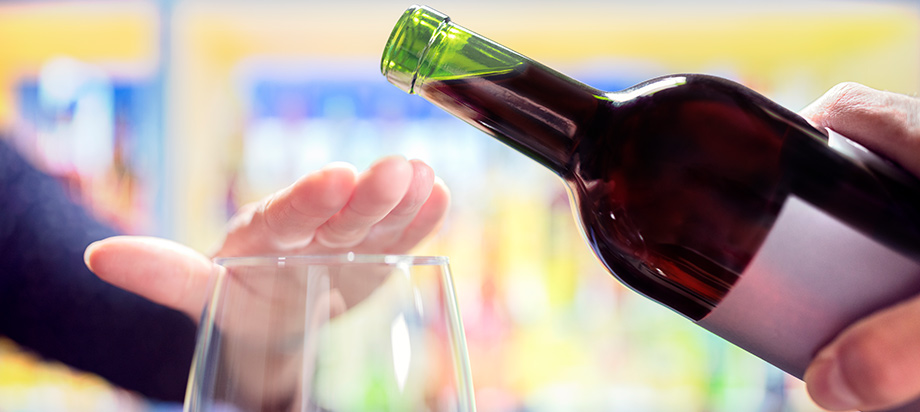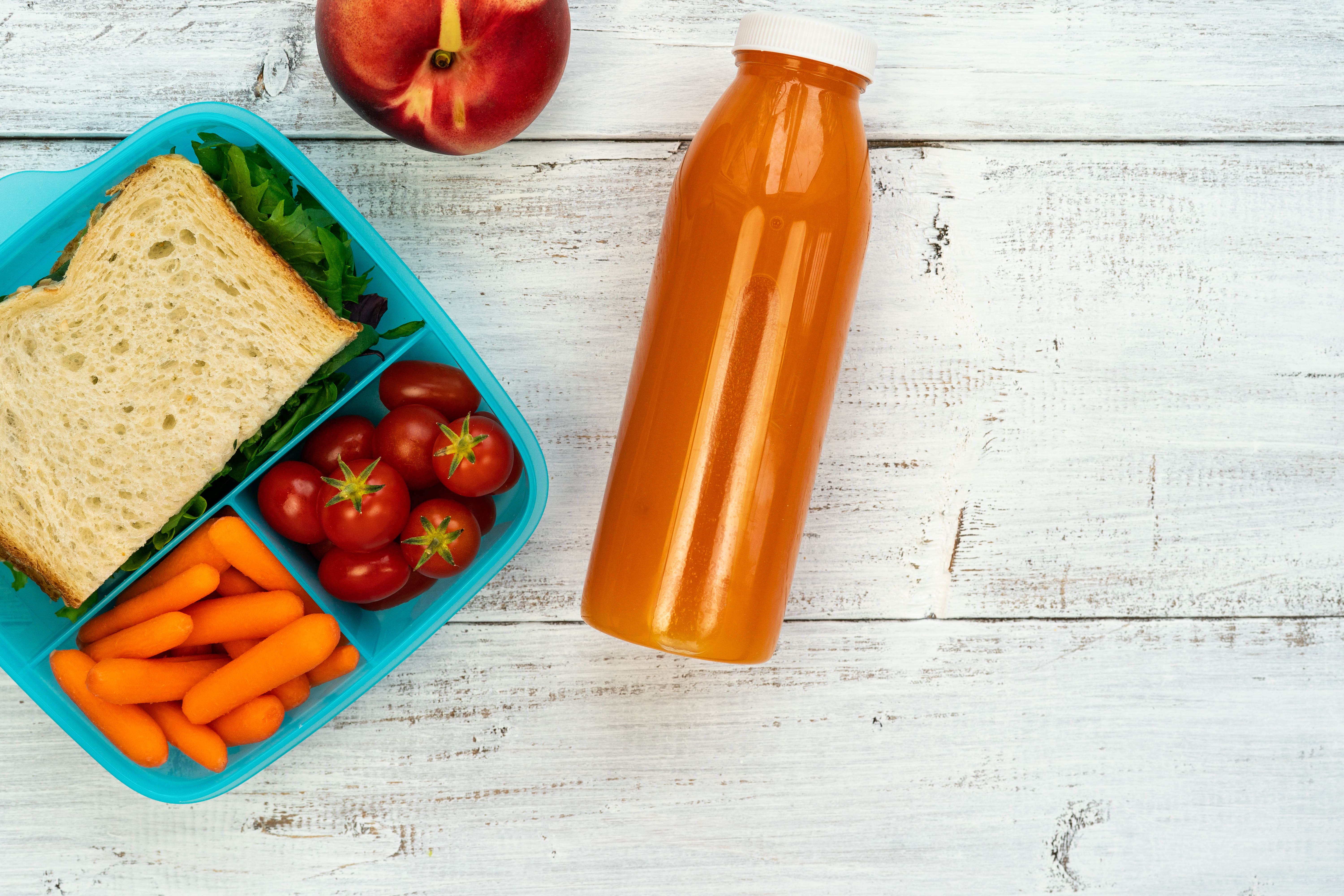As we look forward to the new year, goals are on every employee’s mind. Whether it’s getting more exercise, quitting a bad habit, or practicing mindfulness, these New Year’s resolutions are often centered around one thing—wellbeing.
And after the pandemic caused a rise in alcohol consumption rates (more specifically for wine and spirits), it may come as no surprise that one resolution on many people’s lists will be to lower their alcohol intake.
For many, the first day of January marks the beginning of a month-long challenge known as Dry January—one in a series of challenges, including Dry July and Sober October. But whether the goal is to abstain for just one month or an entire year, this practice of mindful drinking can have numerous benefits both personally and professionally speaking.
So what role does the organization play in helping employees reach their goals and complete a successful Dry January?
What Is Dry January?
In 2013, Alcohol Change UK launched the first-ever Dry January campaign, born out of a simple yet powerful idea: “If we got more people having a break from booze in January, could we get more people thinking about their drinking?”
Since then, the campaign has run strong for over a decade, reaching over 175,000 confirmed participants in 2023—and that’s not to mention the countless others who haven’t signed up but have heard of the trend.
In addition to Sober October and Dry July, the Dry January challenge demonstrates the growing popularity of mindful drinking, especially as sales for non-alcoholic beverage sales skyrocket in supermarkets and bars alike.
But aside from the increasing availability of alcohol-free drinks, what else has been driving people to drink less, and why is it important for organizations to support their employees in pursuing a dry month challenge?
The Health Benefits of Sobriety
Limiting the consumption of or abstaining from alcohol altogether can offer some significant wellness benefits. After all, alcohol is considered a toxin and even a carcinogen, per the World Health Organization, which states that “there is no safe amount that does not affect [one’s] health.”
Of course, drinking is a personal choice, and for some, having alcohol on occasion and in moderation is worth it to unwind, participate in social events, or as part of a tradition or custom. However, taking part in a dry challenge can still provide a slew of physical and mental health benefits, including:
- Improved mood
- Greater energy
- Increased physical activity
- Healthier eating
- Reduced blood sugar levels
- Better sleep quality
- Weight loss
But the best part is that these benefits extend beyond physical and mental wellbeing, impacting one’s social, financial, purpose-driven, and occupational wellbeing. Abstaining can even translate to cost savings for organizations, with Alcohol Change UK estimating that alcohol consumption costs businesses around £7.3 billion (over $9 billion U.S.) globally each year in lost productivity and absenteeism.
While a dry month might have an immediate impact on the bottom line, supporting healthier behaviors inside and outside the workplace empowers employees to take control of their wellbeing and improve their lives holistically. This, in turn, translates to improved morale, greater engagement, and even increased productivity.
Top 5 Tips to Help Employees Stay Dry This January
We now understand how beneficial a dry challenge can be, but many organizations may question their role in helping employees reach their goals.
The first step, as always, should be to foster a respectful, understanding, and inclusive company culture that supports each individual, wherever they’re at in their wellness journey. But in addition, organizations can also work to actively empower their employees, whether they’re sober, drinking less, or just curious about it.
- Offer Substitutions for Alcoholic Drinks in the Office
- Mix Up Types of Parties or Gatherings
- Embrace Mindful Ways to Decompress
- Share Wins, Post Progress, and Lean on Support
- Plan Ahead for Post-Dry January
The first—and arguably easiest—tip is to provide employees with as alcohol-free alternatives as possible.
Drinks like “mocktails” are becoming increasingly popular, both at restaurants and bars, as well as in supermarkets. So whether you’re stocking the office refrigerator or picking a place to eat, spend a little extra time to find stores or restaurants with non-alcoholic beverage options.
Office parties could even include an alcohol-free bar with specialty drinks like booze-free beer and juice- or kombucha-based mocktails that are just as tasty and refreshing. Beyond just Dry January, having these options available will create a more inclusive environment for those who don’t drink regularly.
From happy hours to holiday parties, alcohol is often included in office events without a second thought—but that doesn’t mean it’s the cornerstone of a company’s culture.
Instead of organizing parties that revolve around drinking, try incorporating a range of activities that cater to different interests and preferences. These social events can include things like games, classes, workshops, or even outings to go to a live show or volunteer. Get creative with it—there are limitless options to boost engagement while including employees who are abstaining from alcohol.
While non-alcoholic drinks are a tasty substitution, they don’t offer the same ability to help employees decompress.
Of course, drinking to relax can be a slippery slope to bad habits, so it’s important to help employees find healthier, more productive ways to take the edge off of a hard day. For instance, blocking off time to stretch, breathe, or meditate throughout the day can help calm the mind at regular intervals, so stress doesn’t pile up. Similarly, getting physical exercise or pursuing hobbies can offer employees an important outlet for stress, replacing a drinking habit with healthier choices.
For some, taking on a dry challenge may seem like a daunting task—but letting them know they’re not alone can make all the difference.
While employees shouldn’t feel pressured to share information about their consumption habits, encouraging them to share their successes and provide updates on progress can demonstrate that staying dry isn’t impossible. Whether it’s a group chat or an internal work platform, it’s important that employees participating in Dry January have a place to share their experiences and lean on each other for support.
Not only does this help everyone succeed, but it also fosters greater engagement and camaraderie, potentially motivating others to participate in next year’s challenge.
Finally, it’s crucial for employees to plan for what life after Dry January will look like.
The point of the challenge is to get individuals thinking about their alcohol consumption. While the plan for the rest of the year doesn’t have to be “continue abstaining,” prompting employees to think about their relationship with alcohol could be highly beneficial.
Consider encouraging individuals to log how they feel throughout the month and review their mood and symptom charts at the end. Seeing the changes an alcohol-free lifestyle can provide might just lead to more mindful behaviors.
Incorporate Dry January Into Your Wellness Strategy
Looking to incorporate Dry January into your annual wellness strategy?
At WellRight, we specialize in showing organizations how a holistic approach to wellness can empower employees across all aspects of their lives, from their physical and mental health to their social and occupational wellbeing.
Discover how WellRight can help your organization spearhead a successful Dry January and promote healthier habits all year long by talking to one of our experts today.



